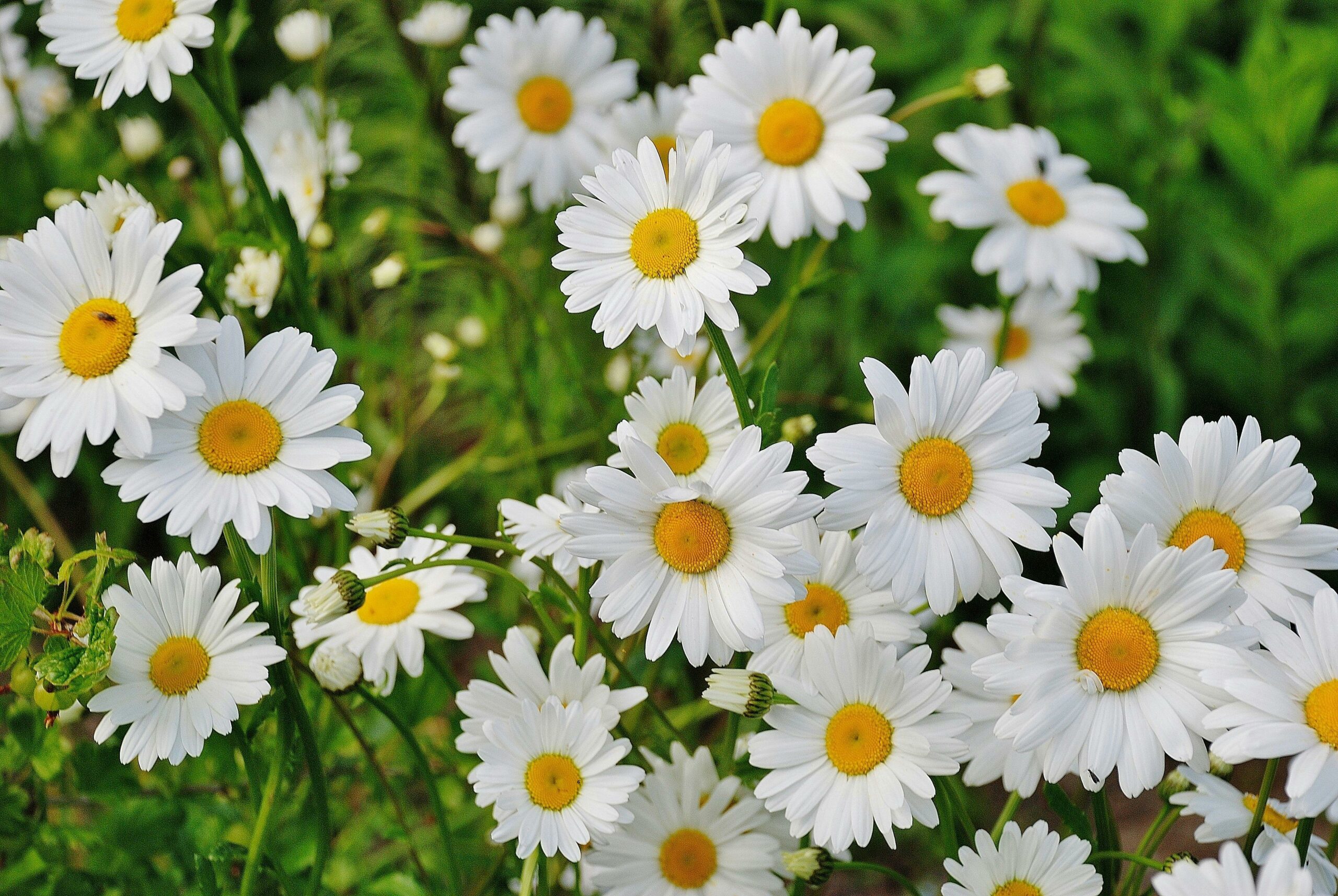Planting seeds of curiosity and nurturing a love for nature begins early in childhood. Engaging children in the planting process not only teaches them about the natural world but also fosters a sense of responsibility and connection to the environment.
Here are a few ideas for how to involve kids in planting activities this spring. Note: kid-sized tools really support kids feeling welcome and able to help out in the garden!
Infant and Toddler (Ages 0-3)
Sensory Exploration: Infants and toddlers thrive on sensory experiences, and the garden provides a safe and enriching environment for exploration. As you engage in planting activities, bring your little one with you! Provide materials such as soils, edible leaves, herbs, and flowers that they can safely explore on their own. This hands-on exploration allows them to engage their senses while fostering a love for the natural world.
Language development: Language development is crucial during the early years, and gardening offers ample opportunities for rich storytelling experiences. As you plant and tend to the garden, describe each step of the process using descriptive language. Engage your child by discussing the textures, colors, and smells of the plants together.
Creation of shared space: Encourage your little one to eat snacks or take naps outdoors, reinforcing the idea that they are an integral part of the garden space. By spending time together in the garden, you help them develop a strong connection to nature from an early age while nurturing a sense of ownership and belonging in the outdoor environment.
Early Childhood (Ages 3-6)
Sensory Exploration: For young children, planting is a multisensory experience. Encourage them to use their senses when interacting with the soil, seeds, insects, and plants. Use descriptive language to discuss textures, colors, and smells together.
Simple Tasks: Assign small, achievable tasks where kids can be your helper. Filling pots with soil, digging holes for seedlings, placing seeds in the ground, gently watering plants (we recommend young kids use a watering can or small quantities of water), and labeling plants build fine motor skills while promoting a sense of family cooperation and individual accomplishment.
Free Play: Encourage play in the garden that doesn’t disrupt the planting process. However, if plants are accidentally damaged, it provides an excellent opportunity to demonstrate to a child how to nurture a plant back to health, fostering patience in the process.
Storytelling: Incorporate storytelling into the planting process. Choose books about seeds, gardening, food, and life cycles to read aloud before or during planting time. This helps children make connections between the stories they hear and the hands-on experience of planting.Talk with your little ones about the uses of the plants and how you will eat them in the future.
Middle Childhood (Ages 7-10)
Exploration and Discovery: Engage older children in exploring the science behind planting. Encourage them to ask questions, make predictions, and conduct simple experiments, such as observing plant growth under varying conditions like full sun vs. part shade.
Responsibility and Ownership: Give children a sense of ownership over planting projects. Let them choose which plants to grow and have them create their own plot layout maps. Encourage them to keep a gardening journal to notice changes, growth, and potential trouble spots throughout the season. Giving children of this age the opportunity to take care of their own plants without reminders but instead leading by example with the adult’s responsibilities involving plants.
Companion Planting: Introduce the concept of companion planting to teach children about plant interactions and biodiversity. Encourage them to research which plants grow well together and plan their garden, promoting critical thinking and ecological awareness.
Creating meaningful learning experiences that inspire a lifelong love for gardening and environmental stewardship starts at home! Whether digging in the dirt or conducting scientific experiments, every stage of childhood offers unique opportunities for growth and discovery while planting in the garden.



